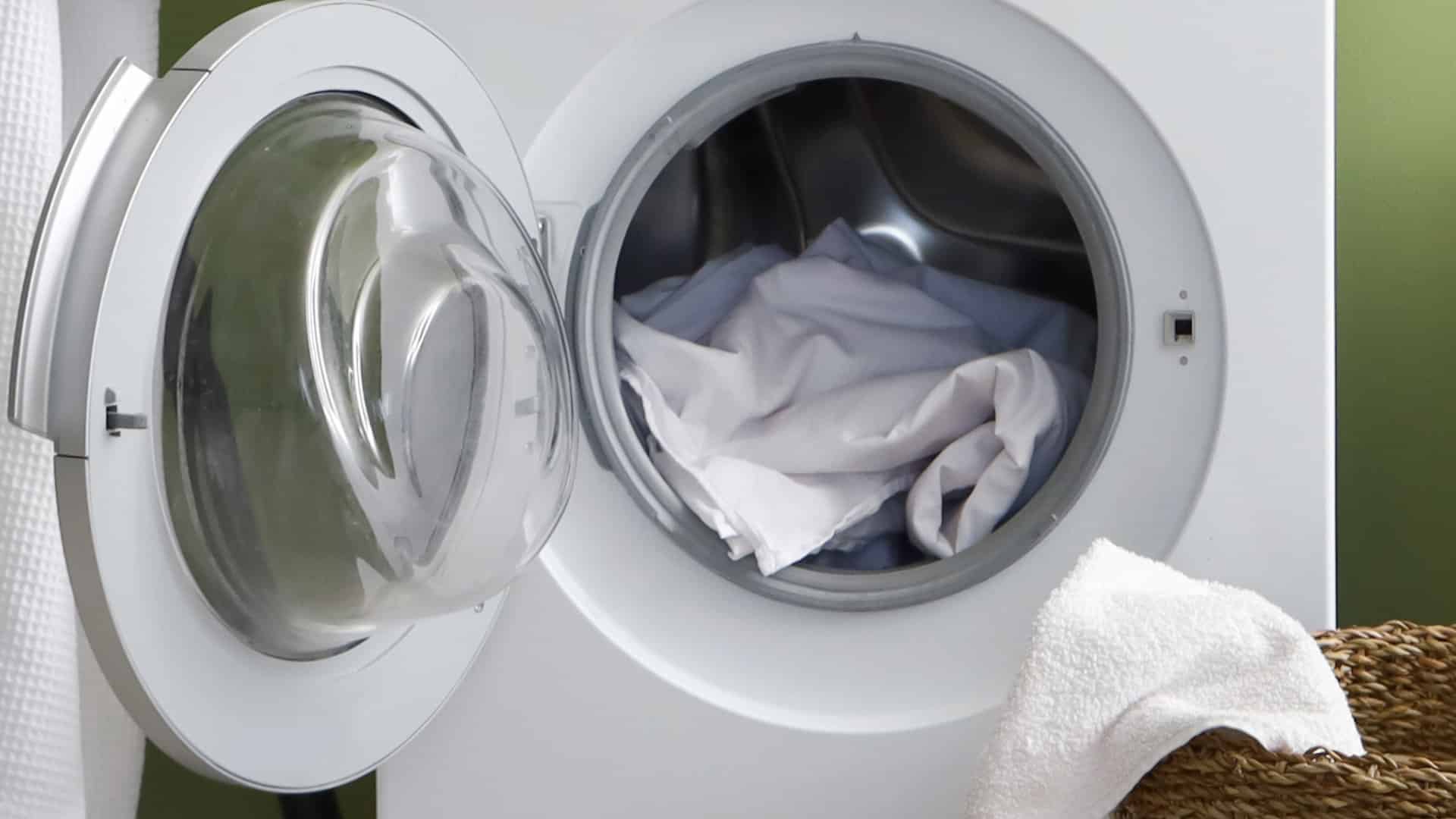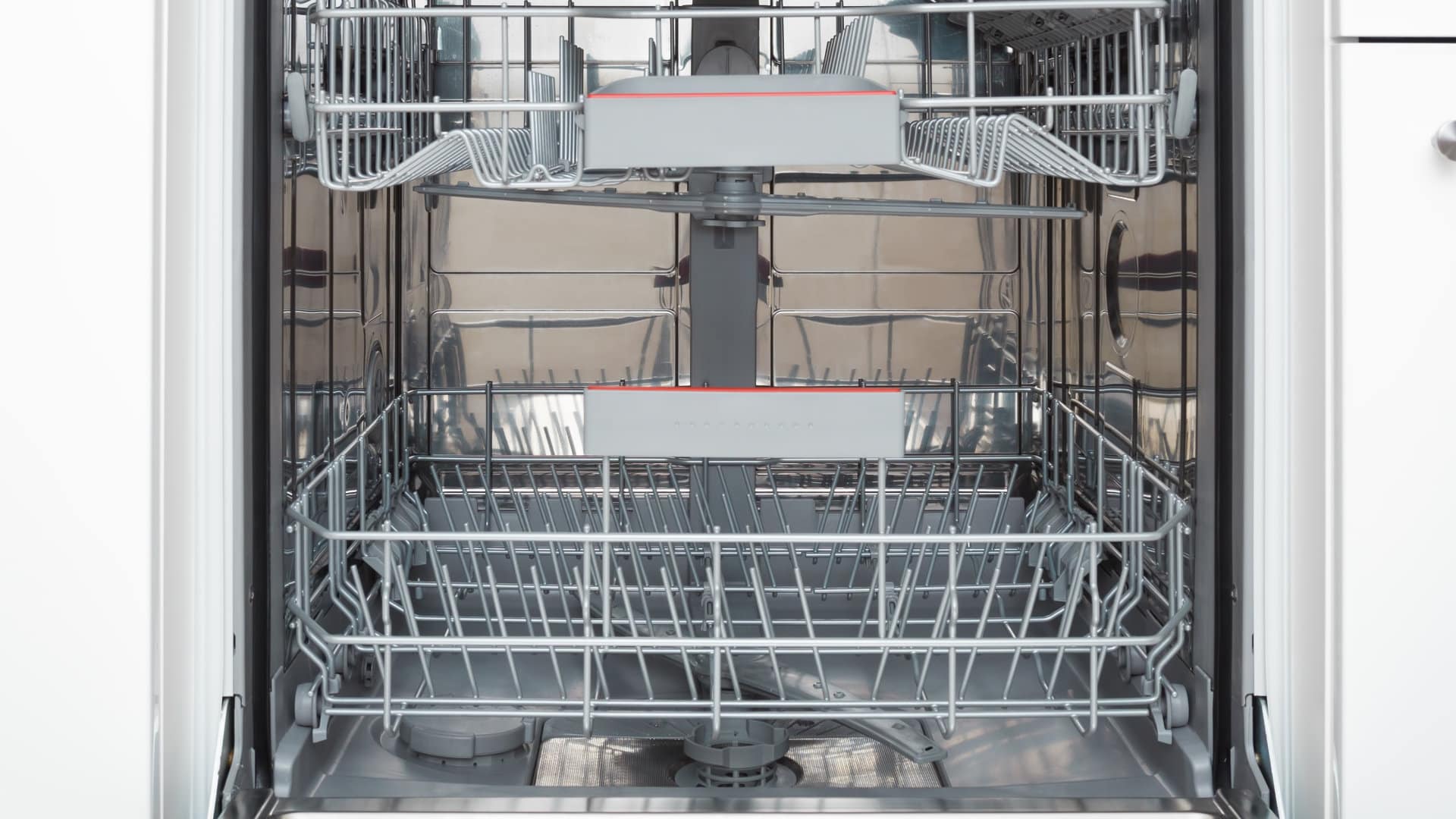
An electric oven heating element is a component that converts electrical energy into heat. It’s typically made of a metal alloy, such as nickel–chromium or iron–chromium–aluminum, and is designed to resist the flow of electrical current, which causes it to heat up.
Electric oven heating elements are located either at the bottom or the top of the oven, and are responsible for heating the oven to the desired temperature. When you turn on your electric oven, an electrical current flows through the heating element, causing it to heat up and transfer that heat to the air inside the oven.
The two main types of electric oven heating elements are bake elements and broil elements. Bake elements are at the bottom of the oven and are used for most types of baking and cooking. Broil elements are at the top of the oven and are used for broiling and for quickly browning or crisping food.
Choosing the right replacement heating element
When choosing a heating element for your oven, you have a few factors to consider to ensure that you select the right one. The first consideration is compatibility. It’s important to choose a heating element that’s specifically designed to work with your oven’s make and model. Check the manufacturer’s specifications to ensure that you choose a compatible heating element.
Also, different types of heating elements are available, including those made of nickel–chromium alloy, iron–chromium–aluminum alloy, or ceramic. Choose the type that best suits your needs based on your cooking preferences.
Lastly, the wattage of the heating element affects how quickly and efficiently it heats up. Check the wattage of your current heating element and choose a replacement with the same or similar wattage.
When to replace your oven’s heating element
You’ll have numerous signs to indicate that your oven’s heating element needs to be replaced. Here are some of those signs:
- Uneven heating: If you notice that your food is cooking unevenly or taking longer to cook than it should, this could be a sign that your heating element isn’t functioning properly.
- Burn marks: If you notice any burn marks or discoloration on the heating element, this may indicate that it’s no longer functioning as it should and needs to be replaced.
- Physical damage: If the heating element is visibly damaged, with cracks, breaks or deformation, it should be replaced immediately. If this is the case, do not use your oven until the element has been replaced as this can be a safety issue.
- Lack of heat: If your oven isn’t heating up at all or isn’t reaching the desired temperature, it could be a sign that the heating element isn’t working properly.
- Strange noises or smells: If you notice any strange noises or smells coming from your oven, this may indicate that you have a problem with the heating element that needs to be addressed.
How to replace your oven’s heating element
Replacing an oven heating element is a straightforward process that can typically be completed in a few simple steps. However, it’s important to note that specific instructions may vary depending on the type and model of your oven. Here are the general steps to replace an oven heating element:
- Turn off the power supply to the oven: Before beginning any work on your oven, make sure to turn off the power supply to the appliance to avoid any electrical shocks or accidents.
- Locate the heating element: The heating element is typically at the bottom or top of the oven compartment. Remove any racks or other items from the oven to access the heating element.
- Remove the old heating element: Remove any mounting screws or brackets that hold the heating element in place. Carefully pull the element out of the oven being careful not to damage any wires or connections.
- Install the new heating element: Install the new heating element in the same position as the old one. Secure it in place using the mounting screws or brackets.
- Reconnect the wires: Reconnect the wires to the new heating element following the manufacturer’s instructions. Make sure that the connections are secure and tight.
- Test the new heating element: Turn the power supply back on and test the new heating element to make sure that it’s working properly.
If you aren’t comfortable replacing the heating element yourself, it’s recommended that you contact a professional technician to complete the replacement for you.
How to properly care for your oven
Proper care and maintenance of your oven can ensure that it functions properly and lasts for many years. Here are some tips on how to care for your oven:
- Clean regularly: Regularly clean your oven, both inside and out, to prevent buildup of grease and food particles. Use a mild cleaner and a soft cloth or sponge to avoid scratching the surface.
- Use oven liners: Consider using an oven liner or a baking sheet to catch spills and drips, making it easier to clean the oven.
- Check the door seal: The door seal is an important component of the oven that helps to maintain its temperature. Regularly check the seal for any cracks or damage and replace it if necessary.
- Use the self-cleaning function properly: If your oven has a self-cleaning function, make sure to follow the manufacturer’s instructions carefully. Avoid using abrasive cleaners or scrubbers during the self-cleaning cycle.
- Use the proper cookware: Use cookware that’s appropriate for your oven and the type of cooking you are doing. Avoid using glass or ceramic cookware on the stovetop, and avoid using metal cookware in a microwave.
Regular maintenance: Regularly inspect the heating element, thermostat, and other components of your oven to ensure that they’re functioning properly. If you notice any signs of damage or wear and tear, contact a professional technician to repair or replace the component.

Whirlpool Washer Error Codes Explained

How to Wash a Hat in the Dishwasher (In 5 Steps)

How to Fix the nF Error Code on a Samsung Washer

Kenmore Elite Dryer Issues: How To Troubleshoot

Microwave vs. Oven: Pros and Cons and How They Differ

Self-Cleaning Oven Smell: Causes & Odor Reduction Tips

Frigidaire Ice Maker Not Working? 7 Ways to Fix It

Why Is Your LG Refrigerator Not Cooling? (9 Common Reasons)

GE Oven F2 Error: Causes & Solutions






